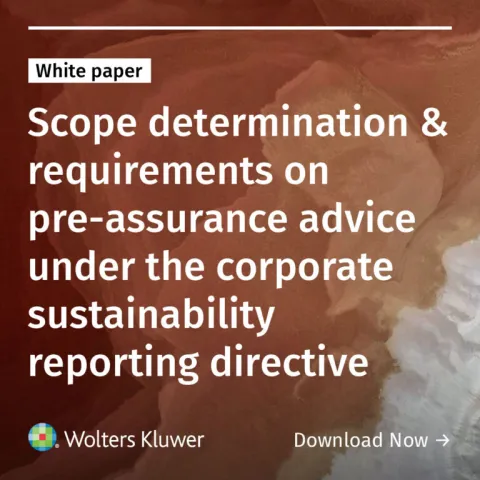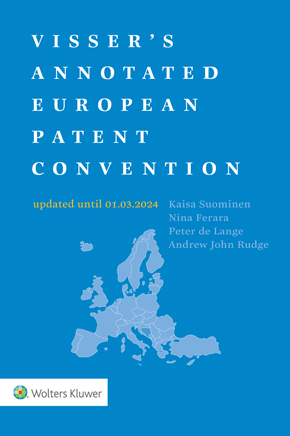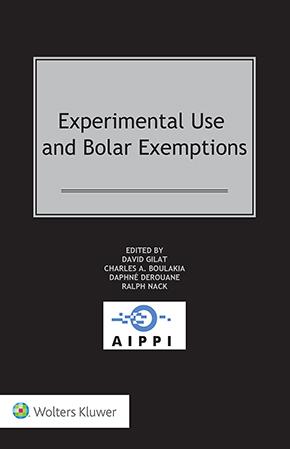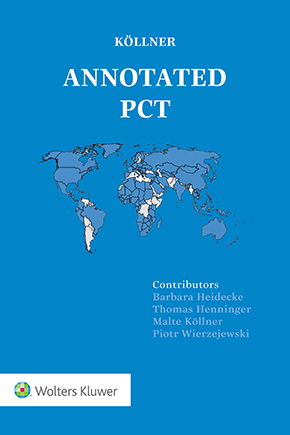SEP WARS: A New UPC Order?
July 23, 2025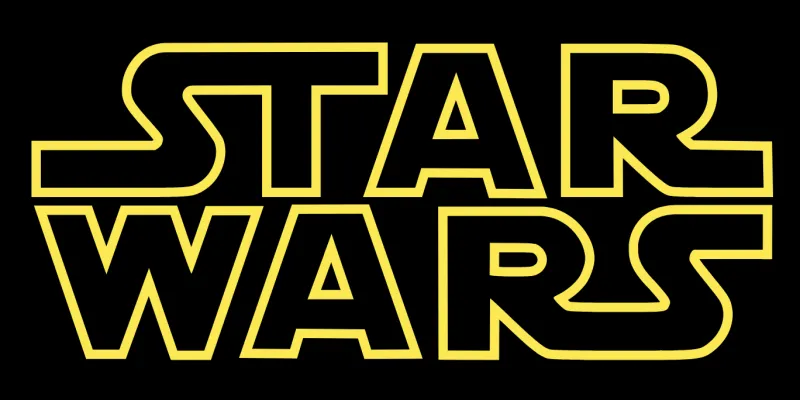
A long time ago, in a Europe not so far away, the UPC was launched with the ambition of restoring Order to the galaxy of European patent litigation. Fragmentation was to be defeated, procedural unity restored. A new system, sleek, centralised, multilingual, was supposed to replace the squabbling Courts of old. But just as in the Star Wars saga, the promise of the Republic has not eliminated the shadows. In the world of standard-essential patents ("SEP") — the hyperspace lanes of modern connectivity — the Force remains deeply divided.
The Phantom Menace: A System Avoided
On paper, the UPC offers powerful tools: pan-European injunctions, central revocation, multilingual efficiency. But when it comes to SEPs, the key actors in the galaxy — the Empires of Ericsson, Qualcomm, Nokia, and the resistance fighters of Xiaomi, Oppo, Apple — seem to have little faith in the new Order.
Their weapons of choice? Opt-out missiles. Between March and the end of May 2023, around 465,000 patents and patent applications were opted out of the UPC system. By mid-July 2023, that figure had risen to approximately 550,000— representing nearly one-third of all European patents and applications (See O. Laing & G. Carr, UPC Revocation Actions Offer An Attractive Patent Strategy, Law 360, September 5, 2023). Instead of trusting the new Jedi Council in Luxembourg, they return to the old battlegrounds: London, Shenzhen, Washington. The war has simply bypassed the Court.
Why? Because trust, like the Force, must be felt, not declared. The UPC may hold the saber, but not yet the respect.
Attack of the Forums: Global Fragmentation Strikes Back
The real struggle isn’t about infringement. It’s about licensing authority. The UPC’s mandate under Article 32 UPCA doesn’t explicitly extend to stand-alone FRAND determinations (See UPC and SEPs/FRAND: Many questions, very few answers (so far)). And while the Court has begun to assert its role (most notably in Panasonic v. Oppo, rendered by the Mannheim Local Division on 22 November 2024, see First UPC FRAND decision: Amours à l'Italienne (Panasonic v. Oppo)), the decision to reject a referral to the CJEU and reinterpret Huawei/ZTE principles signals something deeper: the UPC is charting its own path through the hyperspace of EU law.
This might look bold. But to seasoned tacticians, it feels unstable.
Elsewhere, other powers consolidate.
The UK, post-Brexit, has entrenched its position as a global FRAND venue, with Unwired Planet v. Huawei confirming judicial competence to set worldwide rates (See Unwired Planet Judgment and the French Riviera: je t’aime moi non plus).
China, meanwhile, issues global licenses and anti-suit injunctions, acting decisively in its own orbit (See M. Cohen, China's Practice of Anti-Suit Injunctions in SEP Litigation: Transplant or False Friend? (May 31, 2022). Jonathan Barnett (ed), 5G and Beyond: Intellectual Property and Competition Policy in the Internet of Things).
The US, through its federal Courts and the ITC, continues to offer familiar terrain and strong enforcement tools (See D. Crouch, The Federal Circuit’s Antisuit Injunction Decision in Ericsson v. Lenovo has Broader Implications for Global SEP Litigation, Patently-O, November 7, 2024).
Compared to these, the UPC appears as a promising but untested academy, a Jedi Temple still training its Padawans while the battles rage elsewhere.
The Clone Risk: Divergence Within the Republic
Even inside the Court, procedural harmony has not yet prevailed. One need only compare 10x Genomics v. NanoString (UPC\_CFI\_2/2023) and Insulet v. Menarini (UPC\_CFI\_400/2024) — both involving preliminary measures — to see that different divisions are wielding the same rules with very different lightsabers (See Schrödinger’s Patent).
This intra-system divergence might be tolerable in general patent litigation. But in SEP battles, where timing, jurisdiction and forum trust define the tactical landscape, this variability fuels strategic avoidance. Parties simply avoid the system that refuses to speak with one voice.
The Rise of the Others: De-Europeanisation in Motion
The deeper issue is not about Article 32 or Huawei/ZTE. It is about relevance. If the UPC is not seen as capable of delivering global, balanced, economically coherent outcomes in SEP disputes, it will be left out of the galactic chessboard. And this is already happening. Global licensing disputes are designed without reference to the UPC. The Court is not avoided out of hostility, but out of indifference. The battle for jurisdiction has moved to places with deeper precedent, clearer interface with competition law, and procedural confidence. Unless this trend is reversed, the UPC will become a regional skirmish Court in an interstellar conflict.
Conclusion: A New Hope, or the Beginning of Exile?
The UPC still holds promise. It can, if it chooses, assert itself as a credible, principled forum for standard-related litigation. But that requires strategic humility and institutional clarity. It must build trust, not through proclamations, but through decisions: coherent, predictable, cross-referential. Above all, it must listen to the Force, that is, to the strategies of real-world actors who already litigate as if borders no longer exist.
If it fails, the Court will not fall. It will simply fade, becoming, like the Jedi before Luke, a symbol of what could have been.
And in the SEP wars to come, decisions will continue to be made in London, in Shenzhen, in Washington, and not, despite all its promise, in Luxembourg.
You may also like






